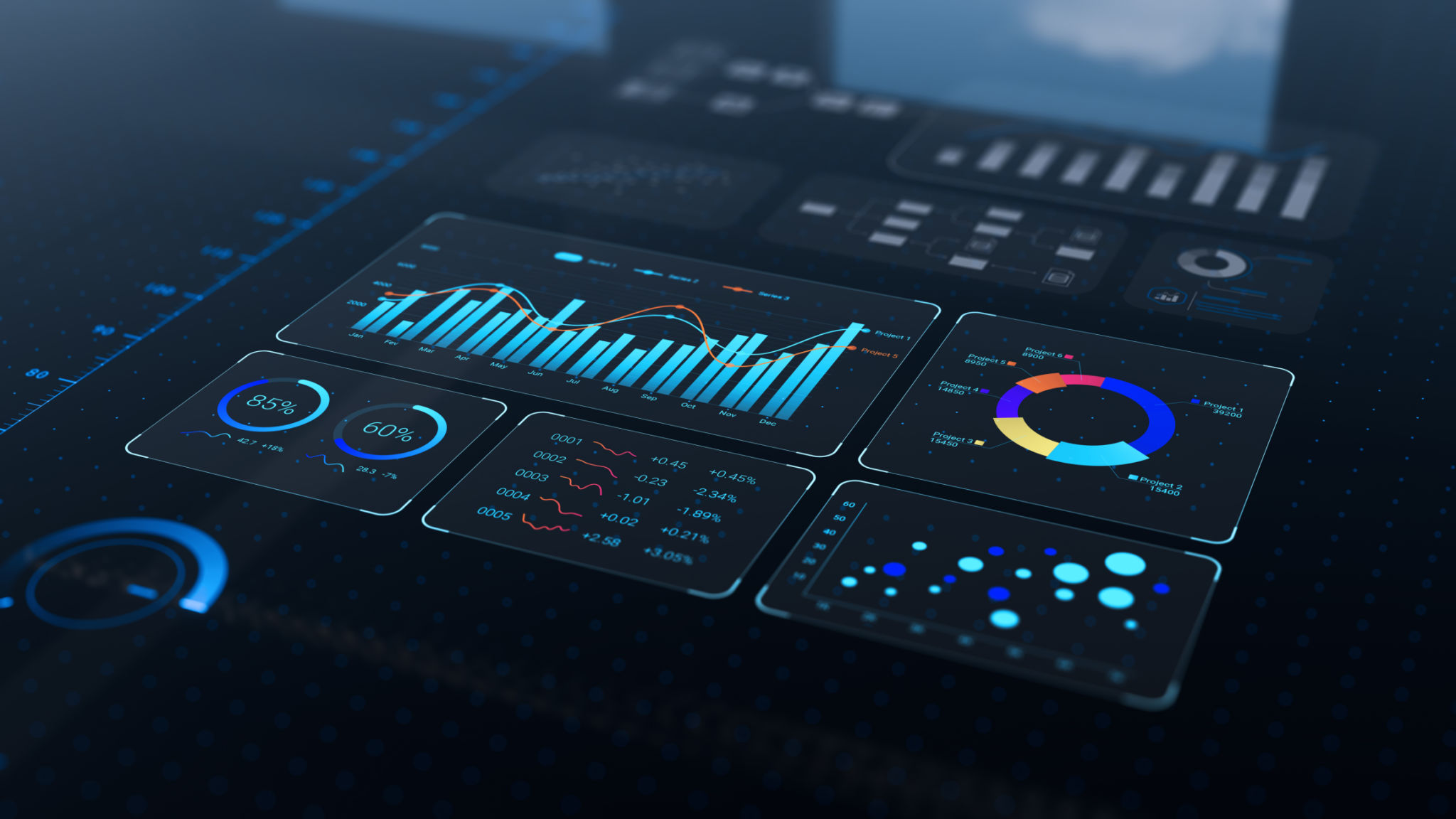Understanding Data Insights: A Step-by-Step Guide for Beginners
Introduction to Data Insights
In the age of information, data has become a crucial asset for businesses and individuals alike. Understanding data insights can unlock new opportunities, drive decision-making, and lead to improved outcomes. But for beginners, diving into data analysis can seem overwhelming. This step-by-step guide aims to demystify the process and help you harness the power of data insights effectively.

What Are Data Insights?
Data insights refer to the valuable information gleaned from analyzing raw data. This information helps organizations understand patterns, trends, and correlations within their data sets. By translating complex data into actionable insights, businesses can make informed decisions that enhance operational efficiency and customer satisfaction.
At its core, the process of deriving insights involves collecting, processing, analyzing, and interpreting data. Each step requires specific tools and techniques, which we'll explore in more detail throughout this guide.
Step 1: Data Collection
The first step in understanding data insights is gathering relevant data. This could involve collecting information from various sources such as databases, social media platforms, or customer feedback. It's important to ensure that the data collected is accurate, complete, and up-to-date.
- Identify your data sources.
- Ensure data accuracy and completeness.
- Collect data regularly to maintain relevance.
Step 2: Data Processing
Once you've gathered your data, the next step is processing it. This involves cleaning and organizing the data to make it suitable for analysis. Data processing is essential for removing duplicates, handling missing values, and ensuring consistency across the dataset.
Using software tools like Excel or more advanced platforms such as Python or R can streamline this process. These tools help automate data cleaning tasks, saving time and reducing human error.

Step 3: Data Analysis
Data analysis is where the magic happens. This step involves examining your processed data to uncover patterns, trends, and correlations. There are various methods for analyzing data, including:
- Descriptive Analysis: Summarizing basic features of the data.
- Predictive Analysis: Using historical data to predict future outcomes.
- Prescriptive Analysis: Recommending actions based on data insights.
Step 4: Interpretation of Data
The interpretation phase is all about making sense of your analysis results. It's crucial to align your findings with your initial objectives and consider the broader context. Effective interpretation often involves visualizing your data through charts, graphs, and dashboards to communicate insights clearly.
Remember that context is key when interpreting data insights. What may seem like a significant trend in isolation might not hold true when viewed alongside external factors or industry benchmarks.

Step 5: Actionable Insights
The ultimate goal of understanding data insights is to drive action. Once you've interpreted your findings, it's time to implement changes based on those insights. Whether it's optimizing marketing strategies or improving product offerings, actionable insights lead to tangible benefits.
Develop a strategic plan that outlines how you'll use these insights to achieve your goals. Regularly review and adjust your strategies as new data becomes available to ensure continued success.
Conclusion
Understanding data insights is no longer an option but a necessity in today's digital world. By following this step-by-step guide, beginners can gain confidence in their ability to analyze and interpret data effectively. With practice and the right tools, you can transform raw data into a powerful tool for growth and innovation.
Start your journey today, embrace the power of data insights, and watch as new opportunities unfold before you.
